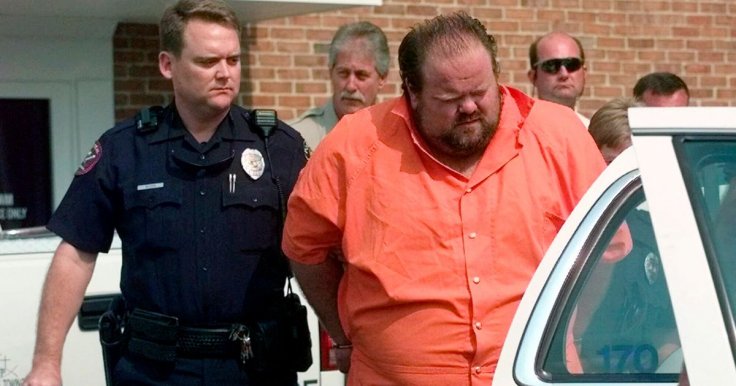On Thursday, September 26, Alabama executed convicted murderer Alan Miller using nitrogen asphyxiation, marking only the second time this method has been used in the United States. The execution took place at the Holman Correctional Facility in Atmore. Miller, 65, was convicted of killing three men, including two co-workers, during a shooting spree in Pelham, Alabama, in 1999.
Alabama pioneered nitrogen gas as a method of execution, claiming it is less painful than lethal injection. However, human rights experts have raised concerns, calling it potentially torturous. According to a report from Reuters, Miller struggled against his restraints and gasped for breath for several minutes before he died. He was pronounced dead at 6:38 PM local time.

In 2022, Alabama attempted to execute Miller using lethal injection, but the process was botched when the prison staff failed to find a suitable vein. During that incident, Miller endured being poked with needles for over an hour while strapped to a gurney before the death warrant expired.
Final Moments and Controversy
Before his execution, Miller's final words were, "I didn't do anything to be in here," according to a report by the Associated Press. As the nitrogen gas was released through a mask, he trembled on the gurney for about two minutes, pulling against his restraints. Witnesses reported that Miller gasped for breath for around six minutes before succumbing to the gas.
Alabama Department of Corrections Commissioner John Hamm addressed concerns following the execution, stating that Miller's physical movements were involuntary and that the execution proceeded as planned. However, the visible struggle has reignited debates over the ethicality and humaneness of nitrogen asphyxiation as an execution method.
The First Nitrogen Execution in Alabama
Earlier this year, Alabama also used nitrogen gas to execute Kenneth Smith, convicted of murder. The state initially predicted that Smith would lose consciousness and suffocate within seconds. However, witnesses, including Smith's family members, observed him heaving and convulsing for several minutes before he appeared to lose consciousness.
These two executions have drawn attention to the potential risks of nitrogen asphyxiation, as the method does not seem to deliver the quick, painless death that Alabama officials anticipated. Both cases have raised questions about the state's protocol and the potential suffering of the inmates during the process.
Who was Alan Eugene Miller?
Alan Eugene Miller, born on January 20, 1965, had a history of mental illness in his family. Court documents describe his upbringing as impoverished, with his family frequently moving and living in poor conditions. Despite a "nonviolent nature" and a stable work history, Miller developed a delusional disorder, believing his coworkers were spreading rumors about him.
Miller was found guilty of shooting Holdbrooks six times, Jarvis five times, and Yancy three times. He killed Holdbrooks and Yancy at their workplace before driving to another location to murder Jarvis. Miller was arrested the same day during a traffic stop, where officers found a Glock handgun in his car. he was sentenced to death for their murders on August 5, 1999
Despite claims of mental illness and a forensic psychiatrist's diagnosis of a delusional disorder, Miller was sentenced to death. His case has remained in the spotlight due to the unique and controversial nature of his execution.









